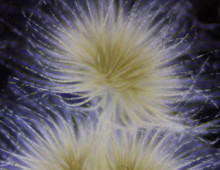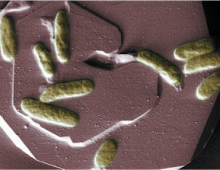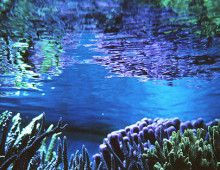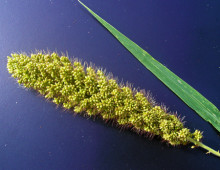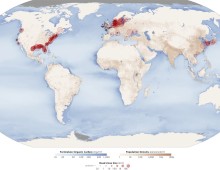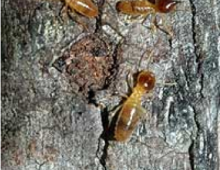Combining profiling and genomics yields novel metabolites
Cyanobacteria’s ability to capture solar energy and fix CO2 holds promise for biotech applications The Science Researchers studied 10 different cyanobacteria to identify their secondary metabolites (compounds produced during normal cellular metabolism not directly involved in cell growth, that may play an important role in interactions outside the cell) and the genes linked to those… [Read More]
